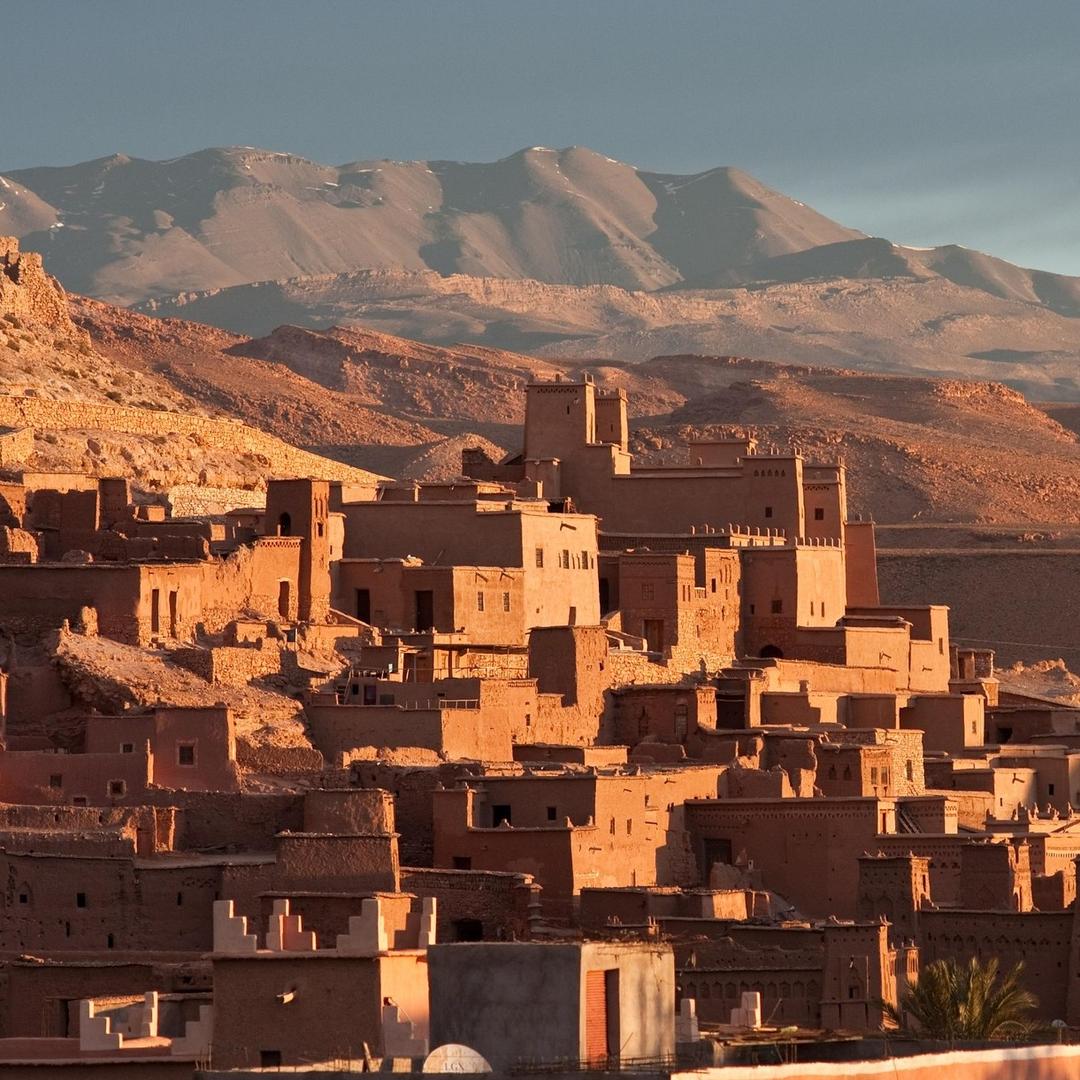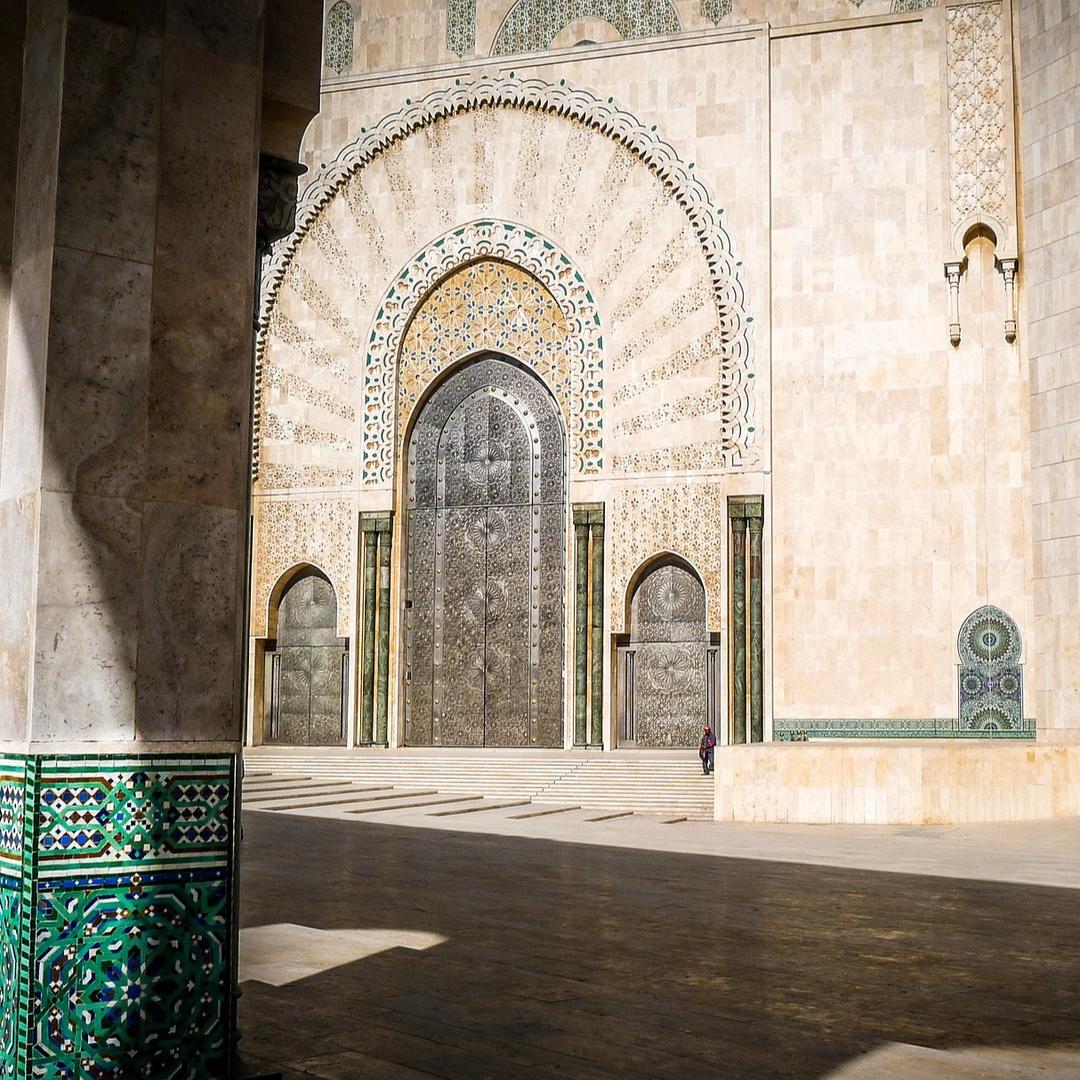

Cheap Car Hire in Morocco






Welcome to Morocco: A Land of History, Culture, and Adventure
Welcome to Morocco, a land where ancient history, vibrant culture, and breathtaking landscapes collide. From the bustling souks of Marrakesh to the golden sands of the Sahara Desert, Morocco is a destination that offers a unique experience for every traveler. Whether you're exploring the ancient city of Fes, strolling through the maze-like streets of Casablanca, or discovering the mountains and valleys of the Atlas range, Morocco will captivate you with its charm and diversity.
Arriving in Morocco is simple, with major international airports in cities such as Casablanca (CMN), Marrakesh (RAK), and Fes (FEZ). Upon landing, you’ll find a wide range of car hire services at the airports, giving you the flexibility to explore this magnificent country on your own terms. Renting a car ensures a smooth transition from airport to your next adventure and gives you the freedom to visit the diverse attractions Morocco has to offer.
Exploring Morocco by Car
Morocco’s diverse landscapes and vibrant cities are best explored by car. After picking up your rental car, you can head straight to Marrakesh, a city known for its lively markets, ancient medinas, and beautiful palaces. The red sandstone buildings, vibrant street life, and iconic Jemaa el-Fnaa square are not to be missed. Don’t forget to visit the Koutoubia Mosque, the largest mosque in Marrakesh, and the Bahia Palace, a stunning example of Moroccan architecture.
Driving further south, you’ll come to the magical Sahara Desert. A drive to Merzouga will bring you to the edge of the vast dunes where you can experience camel rides and camp under the stars. The dramatic landscapes of the desert are a world apart, offering an experience like no other. Make sure to visit the Todra Gorge and the Dades Valley along the way, both of which offer incredible views and a chance to explore the traditional kasbahs that dot the landscape.
In the north, head to the coastal city of Essaouira, a charming port town with a laid-back atmosphere and beautiful beaches. The city’s medina, a UNESCO World Heritage site, is full of narrow streets, artisan shops, and cafés. Along the coastline, the Atlantic offers stunning beaches for swimming, surfing, or simply relaxing by the water.
Morocco’s Atlas Mountains offer some of the country’s most spectacular scenery. Driving from Marrakesh to Ouarzazate, you’ll wind through the mountain roads and past striking kasbahs, with views of high mountain peaks and fertile valleys. The famous Ait Benhaddou, a fortified village and UNESCO World Heritage site, is on this route and is a must-see. The drive also takes you through the Tizi n’Tichka Pass, which offers incredible views of the Atlas range.
Driving in Morocco
Driving in Morocco is an exciting experience, but it’s important to be aware of local road conditions. In major cities, traffic can be chaotic, especially during rush hours. However, Moroccan roads are generally well-maintained, with modern highways linking major cities like Marrakesh, Casablanca, and Fes. Be prepared for narrow streets in older parts of cities and small towns, and drive carefully around pedestrians, cyclists, and animals that may wander onto the roads.
In rural areas, roads can be less developed, with winding mountain passes or dirt tracks leading to remote villages. Some of Morocco’s most scenic routes, including those in the Atlas Mountains, can be a bit challenging, so a 4x4 vehicle is recommended for these areas.
Morocco follows right-hand driving, and road signs are clear and easy to follow in both Arabic and French. Speed limits are usually 60 km/h in cities, 100 km/h on rural roads, and 120 km/h on highways. Be cautious of speed traps, especially on highways, where police officers are known to monitor traffic regularly.
Parking can be difficult in larger cities, particularly near popular tourist attractions. Look for public parking lots or consider using street parking where available. Many cities also have designated “secure parking” areas where your car can be parked safely for a small fee.

Essential Tips for Driving in Morocco
Right-Hand Driving: Morocco follows right-hand driving.
Speed Limits: Speed limits are typically 60 km/h in cities, 100 km/h on rural roads, and 120 km/h on highways.
Road Conditions: While major roads are generally good, rural routes, especially in the mountains or desert, may be more rugged. A 4x4 is recommended for these areas.
Toll Roads: There are tolls on some highways, particularly those connecting major cities like Marrakesh and Casablanca.
Fuel Stations: Fuel stations are plentiful in urban areas and along major highways but can be sparse in remote regions, so ensure your car is well-fueled before venturing into less populated areas.
Parking: Parking in cities can be challenging, so consider using public parking lots or finding secure parking. In rural areas, free parking is often available.
Morocco
Population: Approximately 37 million
Annual Visitor Figures: Over 12 million international visitors
Average Summer Temperatures: 30-40°C (86-104°F)
Average Winter Temperatures: 10-20°C (50-68°F)
Time Zone: GMT +1 / Morocco Standard Time (no daylight saving time)

Our Protection Levels for you



Protection Comparison





Protection Comparison




Third-Party Protection: What you need to know

Key Information to Help You Decide
Not sure where to start? Let us guide you through the car rental process, from start to finish:

More Information Made Simple
Questions?
Helpful assistance is below

















